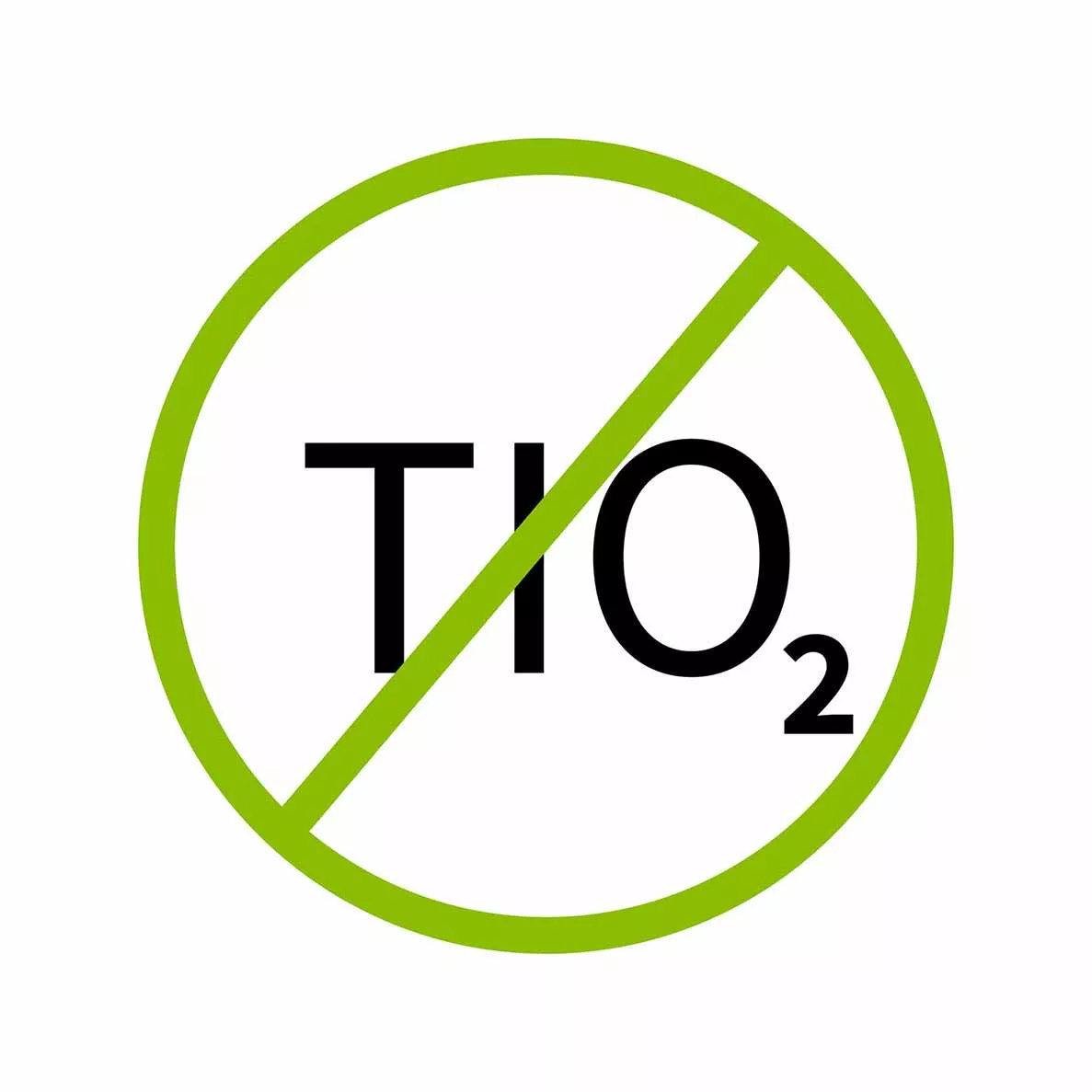
How removal of titanium dioxide from medicinal products would impact the pharmaceutical industry
04 april 2022

The use of titanium dioxide (TiO2) in medicinal products is under scrutiny, raising concerns among manufacturers about suitable alternative products.
Widely used in the food, cosmetics, and medicinal industries as an additive, TiO2 has been banned in the food industry in France since January 2020 after a paper was published by ANSES raising concerns about the risks associated with ingesting food additive E171, a mixture of TiO2 particles in dispersed, aggregated, or agglomerated form.
On 6 May 2021, the European Food Safety Authority (EFSA) published its opinion, citing several safety concerns on TiO2 particles, more specifically for the TiO2 nanoparticle form, and the potential for these nanoparticles to accumulate in the body, causing immunotoxicity and inflammation as well as neurotoxicity. In light of this opinion, the European Commission stated that E171 would no longer be authorized for use in foods, but that “until 7 August 2022, foods produced in accordance with the rules applicable before 7 February 2022 may continue to be placed on the market. After that date, they may remain on the market until their date of minimum durability or ‘use by’ date.”
From food to medicines
Attention inevitably turned to medicinal products, and on 17 May 2021, the European Commission requested that the European Medicines Agency (EMA) collaborate with the pharmaceutical industry to evaluate the potential impacts and consequences for phasing out this excipient.
The challenge for the industry is that TiO2 exhibits multiple highly advantageous functionalities, including opacity, the ability to enhance whiteness, prevent light transmission and moisture absorption, as well as stability and degradation protection.
In the European Commission Regulation 2022/63 on the use of TiO2 , the commission notes that it will “review the necessity to maintain titanium dioxide (E 171) or to delete it from the Union list of food additives for the exclusive use as colour in medicinal products in Part B of Annex II to Regulation (EC) No 1333/2008 within three years after the date of entering into force of this Regulation.”
- in oral solid dosage forms g. tablets, soft capsules, hard capsules, granules/powders for oral solution and oral suspensions,
- in oral semi-solid dosage forms g. oral paste, oral gel,
- products for cutaneous use,
- products for inhalation (capsule shells),
- products for oromucosal, sublingual, transdermal and vaginal use.
Excipient manufacturers are currently developing titanium dioxide-free coating agents with similar pharmaceutical properties to TiO2, in other words that are chemically inert, compatible with the other components, and with an acceptable safety profile.
Possible alternatives identified so far include carbonates, phosphates, starches, and talc. Another alternative for the pharmaceutical industry is to completely remove TiO2 from the composition with no replacement.
However, regardless of changes considered, any alternative coating agent must be listed in the Food Additives positive list in Regulation (EC) No 1333/2008 and comply with regulation (EC) No 470/2009 with regard to residues for veterinary medicinal products.
Product reformulation should be assessed on a case-by-case basis. Compatibility studies and comparative studies (development, manufacturing of representative batches, process validation, stability data, bioequivalence) and potentially new clinical studies (such as dissolution and/or bioequivalence and stability studies) would be considered as supportive data.
Any changes would take time, since studies could mean lead times of approximately 5 years to develop a new formulation and to generate the required new data.
Another point to consider is the use of the new excipient as replacement in the formulation. In Module 3.2.P.4 the “Novel excipient” section will require full details of the manufacture, characterization and controls, with cross references to supporting safety data.
From a regulatory perspective the impact of replacing TiO2 can be addressed using Type IA, Type IB and Type II variations to the marketing authorization, with approvals taking anything from 30 days to more than a year.
In addition to the principal change, there are indirect changes that have a consequential impact on the final product. These include:
- Composition (excipients) of the finished product
- Coating weight of oral dosage forms
- Weight of capsule shells
- Shape or dimensions of the pharmaceutical form
- Analytical methods for the finished product
- Finished product specification
- Manufacturing process and in-process controls
- Packaging (container closure) of the finished product
- Finished product shelf life and storage conditions
There are significant cost considerations for developing a TiO2-free formulation and preparing the regulatory submission, with an estimate of between €90,000 and €500,000 per product. These costs include reformulation studies, production runs, stability studies, variation preparation, and dossier update.
Next steps for the industry will depend on the EMA’s assessment of TiO2 which is expected in the first half of 2024.
As a Europe-based company with experience in delivering advice and regulatory compliance services for the safe and effective use of pharmaceutical products, ProductLife Group can support you at all stages of any transition away from TiO2, offering strategic advice, resources, and expertise in the development process, in quality, and in regulatory/CMC submissions.
Register to our news and events
Go to our Events to register
Go to our News to get insights
